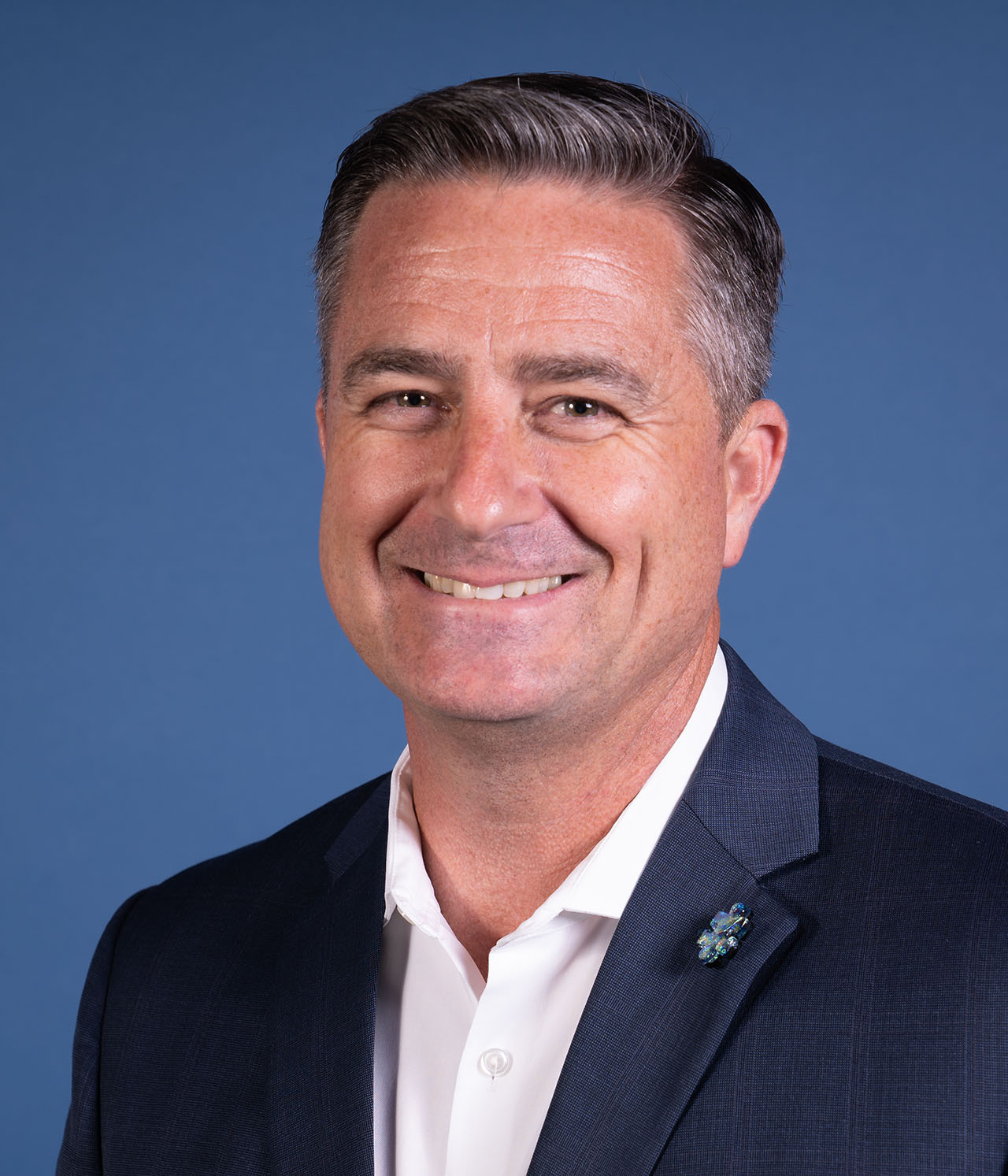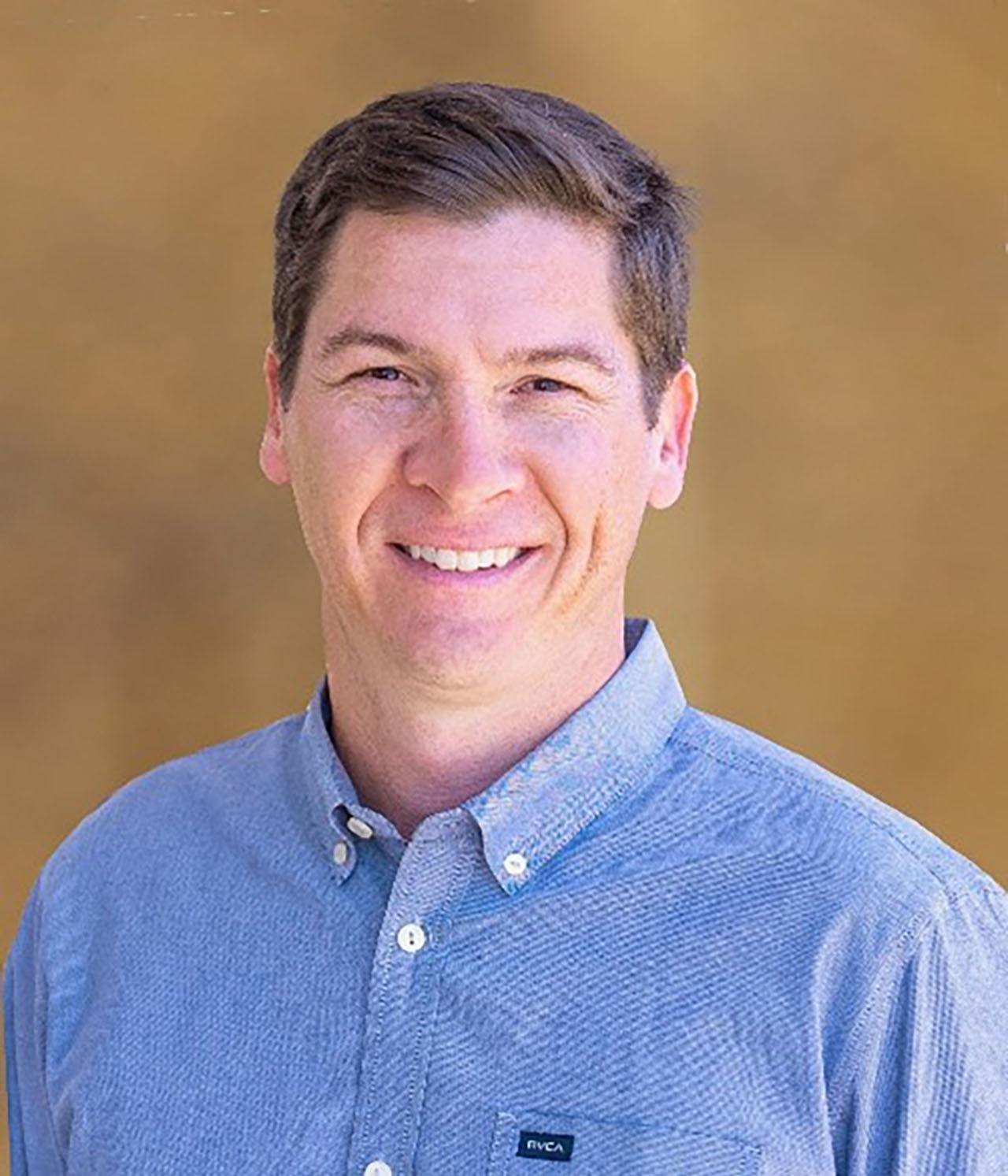Learn about PG&E and DCPP programs for seismic and tsunami safety
Extensive scientific re-evaluations performed at the direction of the Nuclear Regulatory Commission (NRC) continue to show that Diablo Canyon can safely withstand earthquakes, tsunamis and flooding that could potentially occur in the region.
Safety is, and always will be, a core value for PG&E and the Diablo Canyon Power Plant. That's why seismic, tsunami and flooding safety was at the forefront in the design of the facility.
It's also why PG&E maintains a Long Term Seismic Program (LTSP) for Diablo Canyon. The LTSP is a unique program in the U.S. commercial nuclear power plant industry. It is comprised of a geosciences team of professionals who partner with independent seismic experts on an ongoing basis to evaluate regional geology and global seismic and tsunami events to ensure the facility remains safe. In September 2022, California Governor Gavin Newsom signed legislation seeking to extend operations at DCPP beyond its current license period to help ensure electricity reliability for all Californians. As part of this legislation, PG&E will conduct an updated seismic assessment and submit the results to the California Public Utilities Commission.
Because of the LTSP and decades of industry-leading research, the seismic region around Diablo Canyon is among the most studied and understood areas in the nation.
Learn more about Diablo Canyon's seismic safety
We are often asked if Diablo Canyon can withstand earthquakes. The answer is yes. To learn how, watch "Yes, Diablo Canyon Can Safely Withstand Earthquakes."
Watch DCPP's seismic safety video on YouTube
Download a transcript (PDF)


